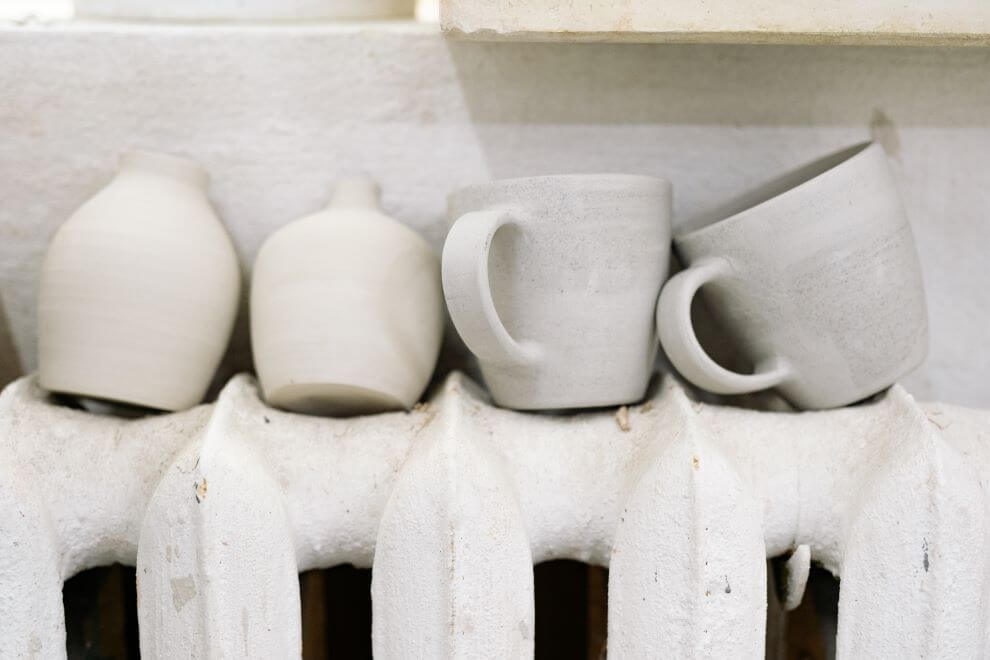Parts of a radiator

What does radiator do? Definition, parts, function, work, types
A radiator is a crucial component in a cooling system used to dissipate heat and regulate the temperature of a vehicle’s engine or a building’s heating system. Its primary function is to transfer the heat generated by the engine or heating system to the surrounding air, ensuring that the temperature remains within a safe and optimal range. Here is a breakdown of the definition, parts, function, work, and types of radiators:

Definition:
A radiator is a heat exchanger that uses a combination of metal fins and tubes to transfer thermal energy from a fluid (typically coolant or steam) to the air flowing through it.
Parts:
A typical radiator consists of several key parts:
-
Core:
It forms the main body of the radiator, comprising a network of small tubes or channels through which the coolant flows.
-
Fins:
Thin metal plates or strips attached to the tubes to increase the surface area for better heat dissipation.
-
Inlet and Outlet Tanks:
These tanks are located on opposite sides of the core and serve as the entry and exit points for the coolant.
-
Pressure Cap:
Located on the radiator’s top, it maintains the system’s pressure to raise the coolant’s boiling point.
-
Fan:
In some cases, a fan is used to enhance the airflow through the radiator, especially when the vehicle is stationary.
Function:
The primary function of a radiator is to remove excess heat from the coolant. When the engine or heating system operates, the coolant absorbs heat, which can lead to a rise in temperature. The coolant flows through the tubes of the radiator, and as air passes through the fins, it absorbs the heat from the coolant, thus cooling it down. The cooled coolant then circulates back to the engine or heating system to absorb more heat, ensuring the temperature remains within an acceptable range.
Work:
As the engine or heating system runs, the coolant, propelled by a water pump, enters the radiator through the inlet tank. It then travels through the network of tubes in the core, while the fins increase the surface area available for heat transfer. Simultaneously, the fan may draw air over the radiator, further aiding in cooling. The heat from the coolant is transferred to the surrounding air, and the cooled coolant exits the radiator through the outlet tank, ready to absorb more heat in a continuous cycle.

Types: There are different types of radiators used in various applications:
-
Automotive Radiators:
Found in vehicles, these radiators are typically made of aluminum and use a combination of coolant and air to dissipate heat.
-
Steam Radiators:
Commonly used in older buildings, steam radiators transfer heat from steam to the surrounding air using metal fins.
-
Electric Radiators:
These radiators use electric heating elements to generate heat, which is then dissipated through metal fins. Check more about Electric radiators.
-
Oil-filled Radiators:
Typically used for room heating, these radiators contain oil that is heated and circulated through the fins to warm the surrounding air.
These are just a few examples, and radiators can vary depending on the specific application and system requirements.
What does a radiator look like?
A radiator typically has a distinctive appearance that is recognizable in various applications. While the specific design may vary depending on the type and purpose of the radiator, here is a general description of what a radiator looks like:
-
Shape and Size:
Radiators are commonly rectangular or square in shape, although they can also be cylindrical or have custom shapes depending on the application. The size of a radiator can vary significantly, ranging from small radiators used in electronic devices to large radiators used in vehicles or buildings.
-
Fins and Tubes:
The main body of a radiator consists of a network of thin metal tubes or channels connected by metal fins. These tubes are often arranged in a parallel or zigzag pattern. The fins provide a larger surface area, which facilitates heat transfer and dissipation.
-
Inlet and Outlet Tanks:
Radiators have two tanks located on opposite sides, typically at the top and bottom. These tanks serve as the entry and exit points for the coolant or other heat transfer medium. The tanks are often made of plastic or metal and may include connections for hoses or pipes.
-
Mounting Brackets:
Depending on the application, radiators may have mounting brackets or flanges that allow them to be securely attached to the vehicle, equipment, or building structure. These brackets provide stability and ensure proper positioning of the radiator.
-
Fans (optional):
In some cooling systems, particularly in vehicles, radiators may include one or more fans attached to the rear or front of the radiator. These fans help enhance airflow through the radiator when additional cooling is required, such as during low-speed driving or idling.
-
Material and Color:
Radiators are typically made of metal, with aluminum and copper being common choices due to their excellent heat conductivity. The color of the radiator can vary depending on the material used, but it is often silver, gray, or black.
It is important to note that the appearance of a radiator may vary depending on the specific application and design requirements. For example, automotive radiators may have additional components, such as a pressure cap or overflow tank, while industrial radiators may have a more rugged construction.

As different parts of radiators may cause problems, check how to deal with them – Why is my radiator cold on the bottom.






